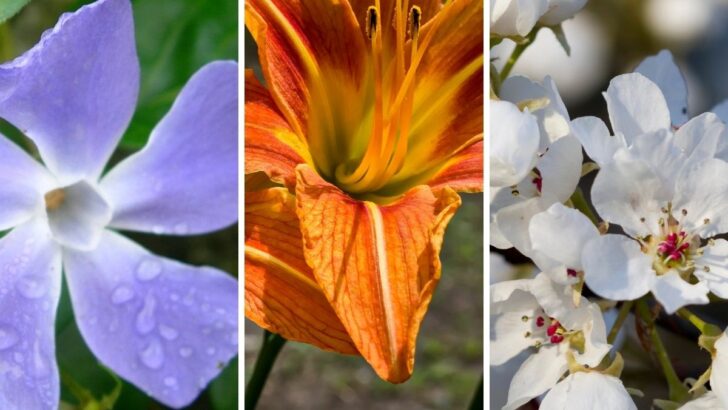Invasive plants wreak havoc on local ecosystems, outcompeting native plants that feed and shelter wildlife. But they’re not just found in wild spaces, and they cause problems for humans, too, in everything from agriculture to recreation. Many invasive plants were introduced as ornamentals before escaping cultivation, and some can still be found in our backyard landscapes and even for sale in nurseries and garden centers. Learn how to identify some of the most common and problematic invasive plants in Pennsylvania gardens so you can help fight against these aggressive botanical invaders.

You may be surprised to find some on your own property. If you do, take care to remove each plant properly, according to advice from your local Extension office. Then the fun begins: plant shopping! While you can certainly replace an invasive species with a similar nonnative but noninvasive plant, choosing native species helps nurture your local ecosystems — even in your own garden!
Invasive Plants in Pennsylvania Gardens
The following invasive plants are commonly found in Pennsylvania gardens and should be removed if found on your property. Each description includes suggestions for similar native plants to help you decide what to plant instead of an invasive plant you discover in your garden.
1. Burning bush (Euonymus alatus)
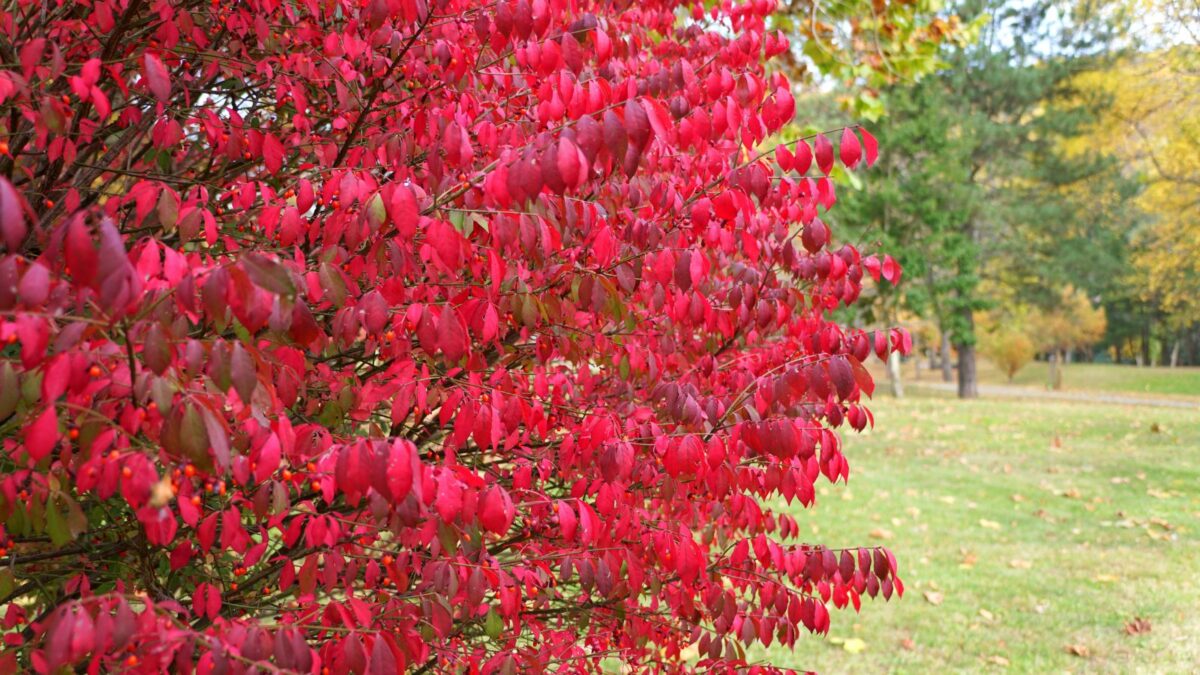
A fast-growing deciduous shrub, burning bush gets its common name from its scarlet to purplish-red fall foliage. Its other common name, winged euonymus, comes from the prominent corky wings on its green stems. The opposite, elliptic leaves have finely toothed margins, and tiny yellow-green flowers give way to fruit capsules that split open in late fall, each revealing four red-orange seeds.
Native strawberry bush (E. alatus) has a similar appearance, and red chokeberry (Aronia arbutifolia) also has bright red berries and attractive fall foliage.
2. Butterfly bush (Buddleja davidii)
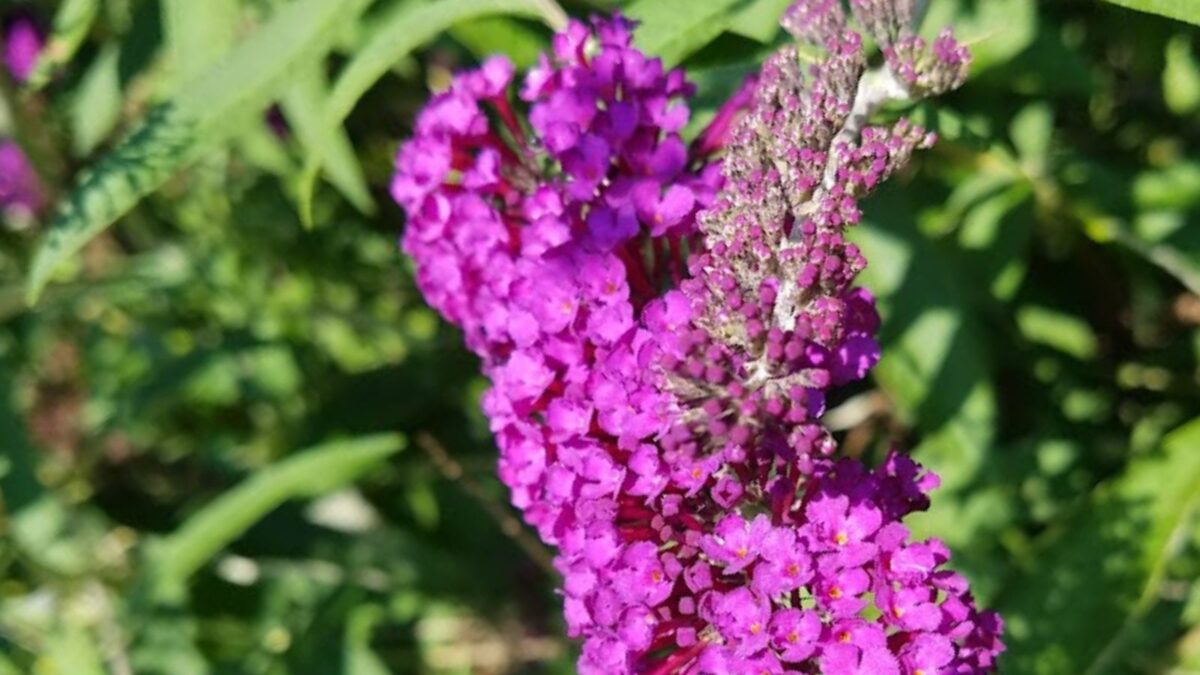
From May until August, butterfly bush produces a profusion of long pinkish-purple flower spikes that butterflies and gardeners alike find extremely attractive. This perennial woody shrub ranges from three to 12 feet tall and wide with long, arching branches that may bend further under the weight of heavy blossoms. Its opposite, lanceolate leaves grow up to 10 inches long.
Although the native sweet pepperbush (Clethra alnifolia) has white flower clusters, cultivars with pink blooms can also be found. Another great alternative is mountain laurel (Kalmia latifolia), which produces clusters of light pink flowers from late spring through early summer.
3. Callery pear (Pyrus calleryana)
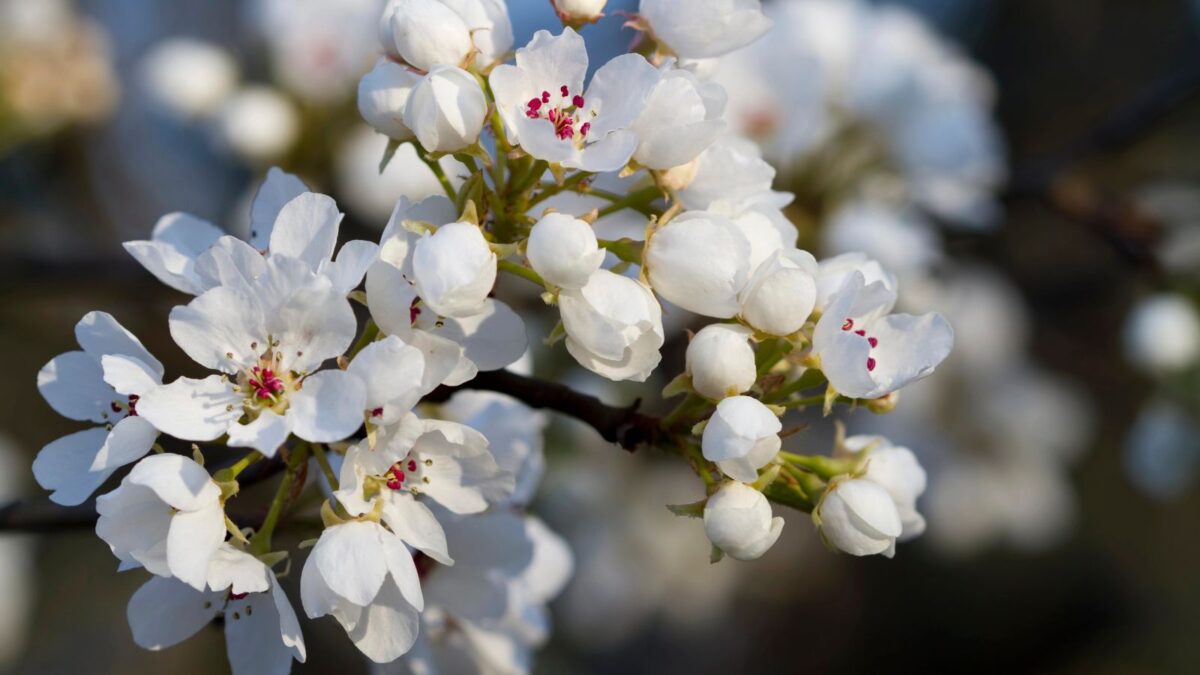
Callery pear became a popular shade tree for its uniform, spade-like shape. This deciduous tree grows up to 40 feet tall. It has glossy, dark green leaves with wavy, slightly serrated margins. Before the leaves emerge in spring, masses of white flowers bloom for a beautiful but malodorous display. Small, round, green to brown fruits follow. ‘Bradford’ is a common cultivar of callery pear.
Flowering dogwood (Cornus florida) is a beautiful native tree with showy spring flowers, as is the wonderfully unique fringetree (Chionanthus virginicus).
4. Chinese privet (Ligustrum sinense)

An evergreen to semi-evergreen shrub, Chinese privet grows six to 15 feet tall and wide with an aggressive, suckering habit. It has small, opposite, glossy, dark green, elliptic leaves. In late spring, small panicles of white flowers bloom, and many people find their odor unpleasant. Birds and small mammals eat the grapelike clusters of purple-black drupes and spread the seeds.
Excellent native alternatives include sweet bay magnolia (Magnolia virginiana) and black chokeberry (Aronia melanocarpa).
5. Chinese and Japanese wisteria (Wisteria sinensis, W. floribunda)

Chinese and Japanese wisteria are woody perennial vines loved for their long, drooping clusters of purple flowers. Long-lived plants, they have large “trunks” that can grow more than a foot wide, while the vines can climb up to 70 feet or higher. Chinese wisteria has gray-brown vines covered in fine white hairs, and Japanese wisteria has smooth brown bark. Both have alternate, compound leaves and produce long, flat, fuzzy fruits resembling bean pods.
American wisteria (W. frutescens) is an obvious choice for a native alternative, though other native vines, like trumpet creeper (Campsis radicans), are also lovely options.
Learn how to grow wisteria without taking over your yard.
6. Common and bigleaf periwinkle (Vinca minor, V. major)
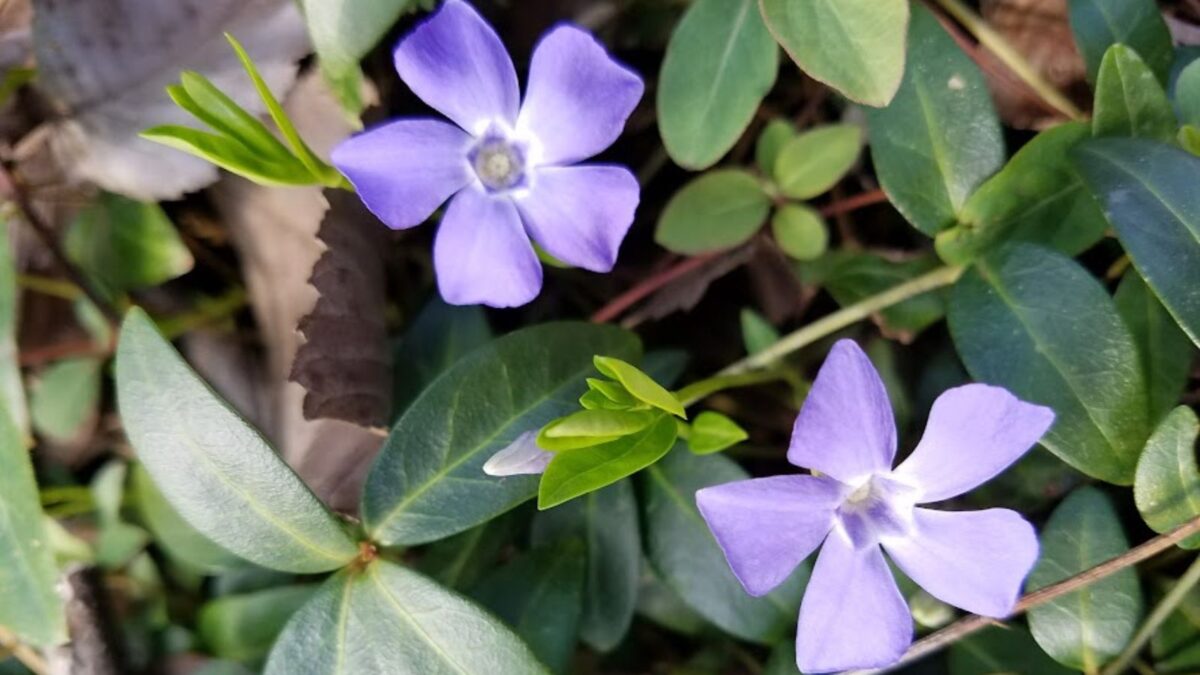
Trailing, evergreen vines, common and bigleaf periwinkle are unfortunately popular groundcovers. They have small, opposite, bright to dark green ovate leaves and can form dense mats even in full shade. Some variegated varieties also exist. In spring, pale bluish-purple flowers dot the foliage like tiny pinwheels. Here’s a quick guide to removing periwinkle from your yard.
There are many native groundcovers to choose from, such as partridgeberry (Mitchella repens), an evergreen with white to pink flowers and red berries, and creeping phlox (Phlox stolonifera), an herbaceous perennial with white, pink, purple, or blue flowers.
7. English ivy (Hedera helix)
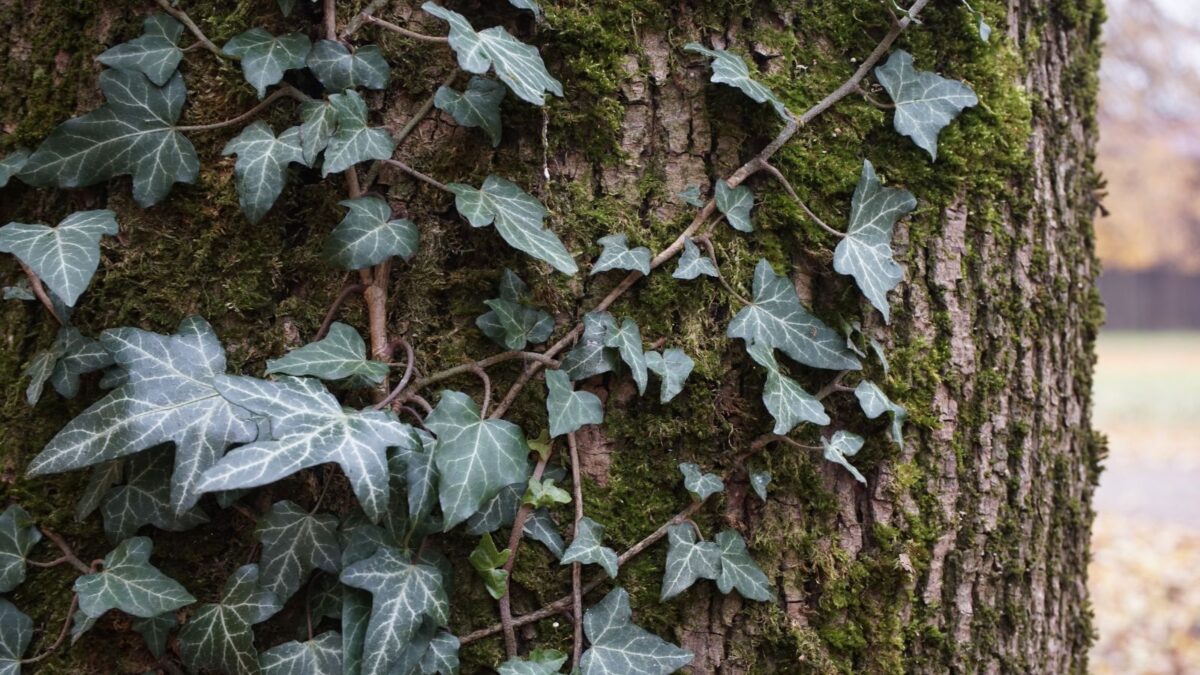
An evergreen climbing and trailing vine, English ivy became popular for its hardiness, quick growth, and year-round beauty. However, it is also an aggressive grower and extremely difficult to get rid of once established. It has glossy, dark green leaves with distinct white veins and ovate to palmate shapes. In ideal conditions, terminal clusters of greenish-yellow flowers bloom in fall and give way to purple-black berries that persist into winter.
Guide to removing English ivy.
Trumpet honeysuckle (Lonicera sempervirens) is a beautiful flowering semi-evergreen native vine, while wild ginger makes a nice semi-evergreen ground cover.
8. Japanese barberry (Berberis vulgaris)
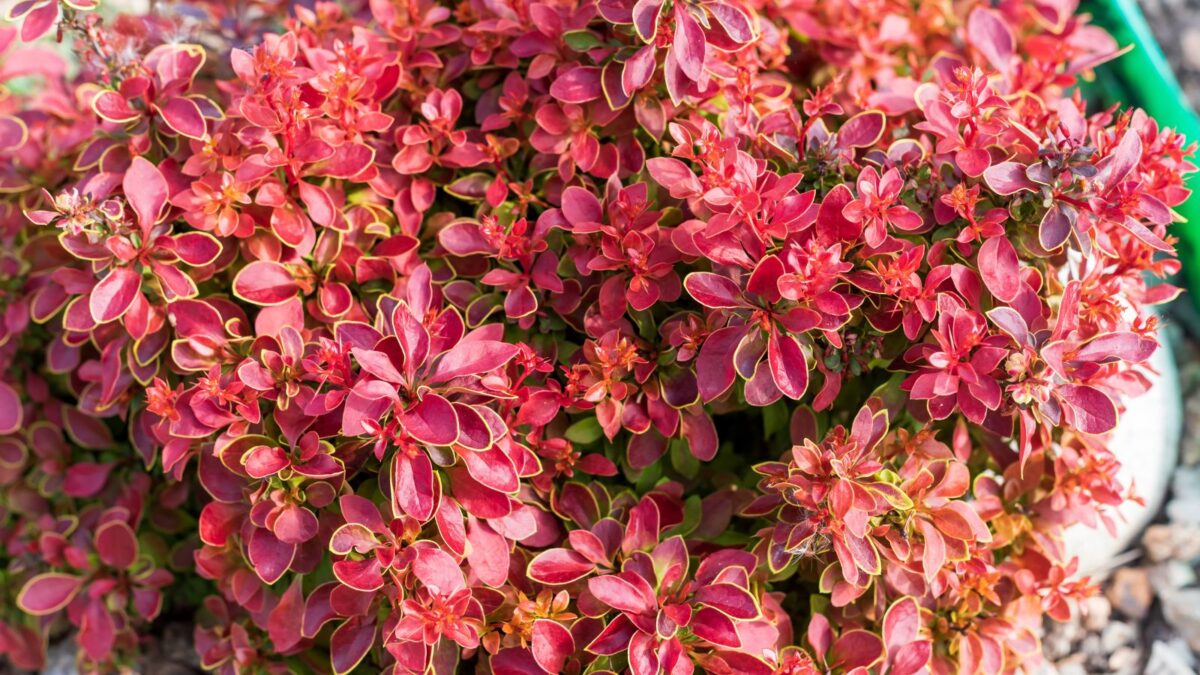
A dense, spiny deciduous shrub, Japanese barberry not only crowds out native plants but also harbors deer ticks and even alters the biological activity and pH of the soil. Its small, oval leaves often have a red tinge. From mid-spring to early summer, its pale yellow flowers bloom in drooping clusters on the undersides of the branches. They are followed by oval berries that ripen to bright red.
Plant American barberry (B. canadensis) instead, or choose another native shrub, such as winterberry (Ilex verticillata).
9. Japanese pachysandra (Pachysandra terminalis)

Japanese pachysandra is an evergreen groundcover that spreads to form thick mats on forest floors and meadow edges and grows to just six inches to a foot high. It has alternate, ovate leaves with coarsely serrated tips. Tiny white flowers bloom in small spikes in early spring.
Green and gold (Chrysogonum virginianum) and golden ragwort (Senecio aureus) are both native evergreen groundcovers with bright yellow spring flowers.
10. Norway maple (Acer platanoides)
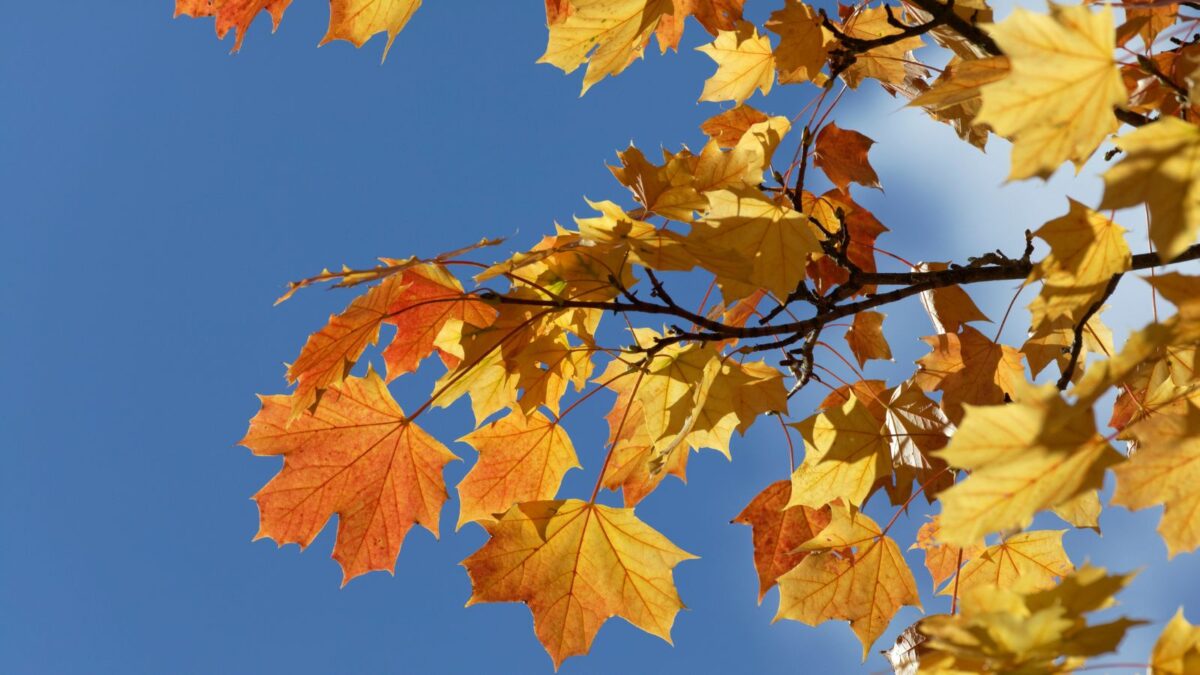
A large deciduous tree, Norway maple grows up to 65 feet tall with a broad, rounded crown. It has gray-brown bark and stout twigs with green buds that have overlapping bud scales. Its dark green leaves have five to seven lobes. To differentiate from native maples, break or tear a twig or leaf; Norway maples have a milky sap, though it may not be as easy to see later in the season.
The native sugar maple (A. saccharum) looks very similar, while red maple (A. rubrum) is a close second.
11. Orange daylily (Hemerocallis fulva)

An unfortunately popular bulbous perennial, the orange daylily is well loved for its showy bright-orange blossoms that each last for only one day. The petals often have a pale stripe leading down to a yellow throat, and the strappy, bright green leaves form a contrasting backdrop for the large blooms. It spreads via thick, tuberous roots to form dense clumps. Its cousin the yellow daylily (H. lilioasphodelus) is also invasive.
The stunning Canada lily (Lilium canadense) features yellow to red flowers with crimson flecks, while wood lily (L. philadelphicum) has orange-red blooms with speckled yellow throats.
One or more of the invasive species in the above list might be a beloved plant in your garden. Thought it may be difficult to let it go, removing that plant will help preserve the natural beauty of Pennsylvania landscapes, and the native plant you choose to replace it with can be even more beautiful.

